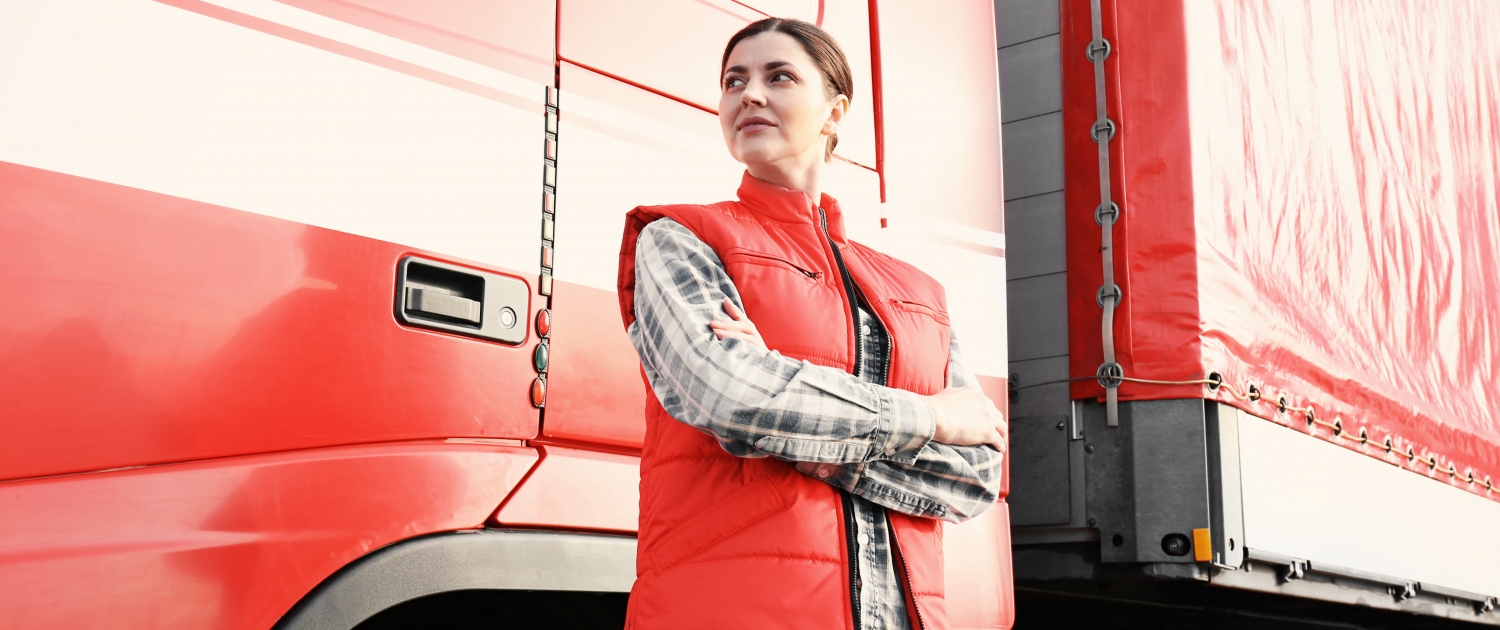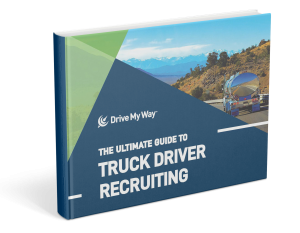
The trucking industry has long been perceived as a male-dominated field, but recent years have shown a significant shift in the essential industry.
Women have been increasingly stepping into the driver’s seat and taking on a variety of roles within the industry, as drivers, dispatchers, safety managers, and leaders. For trucking companies, this represents an immense opportunity to diversify their workforce, address driver shortages, and foster a more inclusive culture.
Keep reading to discover more about the role of women in the trucking industry and how to create an environment that attracts and retains talented female drivers and professionals.
The Growing Role of Women in Trucking
According to the Women in Trucking Association (WIT), women made about 14% of professional truck drivers in 2022, a significant increase from just a decade ago.
Yet, with women comprising nearly half of the general workforce, there is still untapped potential to engage more women in trucking roles. As companies face ongoing driver shortages, targeting women as potential hires is not only a logical solution but a strategic one.
Additionally, women bring diverse perspectives, effective communication skills, and often prioritize safety, making them valuable assets on the road and in the office.
Benefits of Hiring Women in Trucking
- Improved Safety Records: Some studies have indicated that female truck drivers are statistically safer on the road, with fewer accidents and violations compared to their male counterparts. This focus on safety can help companies reduce costs related to accidents and insurance premiums.
- Enhanced Workplace Culture: A more diverse workforce fosters creativity, innovation, and collaboration. Including women in your team can lead to improved problem-solving and a more inclusive environment that benefits all employees.
- Addressing Driver Shortages: With the American Trucking Associations estimating a shortage of over 80,000 drivers, actively recruiting women can help fill these critical gaps and ensure operational continuity.
- Positive Brand Image: Companies that champion diversity and inclusivity are more attractive to customers, partners, and potential employees. Showcasing your commitment to hiring women can enhance your reputation and brand.
Challenges Women Face in Trucking
While opportunities are growing, women in trucking still face unique challenges that employers must address to support their success:
- Workplace Harassment: Creating a zero-tolerance policy for harassment and providing robust reporting mechanisms are critical steps for ensuring women feel safe and respected.
- Work-Life Balance: Long hours and time away from home can be particularly challenging for women with caregiving responsibilities. Flexible scheduling and home-daily routes can help mitigate these concerns.
- Access to Facilities: Ensuring that rest stops, terminals, and company facilities are equipped with amenities for women is an important consideration for creating a supportive environment.
Strategies for Trucking Companies to Support Women
To attract and retain female talent, companies need to be proactive in addressing barriers and fostering an inclusive workplace. Here are some key strategies to consider:
- Tailored Recruitment Efforts: Develop targeted recruitment campaigns that highlight the benefits of a trucking career for women, such as competitive pay, opportunities for advancement, and job stability. Feature testimonials from current female employees to make your messaging relatable and inspiring.
- Mentorship and Training Programs: Establish mentorship programs that pair experienced female drivers or staff with new hires to provide guidance and support. Additionally, offer training that emphasizes the unique challenges women might face and how to overcome them.
- Family-Friendly Policies: Flexible scheduling, paid parental leave, and childcare assistance can make a significant difference in attracting women to your company. These policies demonstrate that you value work-life balance and are committed to supporting all employees.
- Safety and Comfort Initiatives: Invest in truck designs that prioritize comfort and safety for all drivers, including women. This might include adjustable seats, improved cab ergonomics, and enhanced security features. Ensure that your facilities, such as restrooms and sleeping quarters, are accommodating for female drivers.
- Promote Women to Leadership Roles: Representation matters. Elevating women into leadership positions within your company sends a strong message about your commitment to diversity and provides role models for aspiring female employees.
- Partner with Industry Organizations: Collaborate with groups like the Women in Trucking Association to access resources, training, and networking opportunities that support your diversity efforts.
Ready to make real changes for women in trucking? Download the “No More Idling: From Lip Service to Real Progress for Women in Trucking” guide for free today: Packed with insights from the live Spark Change Lab held at Women in Trucking’s Accelerate! Conference in 2024, this guide helps companies move from good intentions to meaningful action.



 The concern that female truck drivers have over equipment is two-fold. First, consider the ergonomics of a standard semi-truck cab. Generally, they’re built to fit the physical size of a larger man. It can be difficult for some women to reach the controls or get the seats adjusted into a comfortable position while keeping their feet on the pedals.
The concern that female truck drivers have over equipment is two-fold. First, consider the ergonomics of a standard semi-truck cab. Generally, they’re built to fit the physical size of a larger man. It can be difficult for some women to reach the controls or get the seats adjusted into a comfortable position while keeping their feet on the pedals.  The issue of safety is one that female truck drivers of all ages and backgrounds are aware of. Safety from physical harm or the threat of sexual violence is important for all women but affects female truck drivers in unique ways.
The issue of safety is one that female truck drivers of all ages and backgrounds are aware of. Safety from physical harm or the threat of sexual violence is important for all women but affects female truck drivers in unique ways.  Women also tend to leave carriers for reasons related to
Women also tend to leave carriers for reasons related to 


